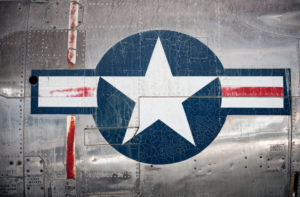
The U.S. Air Force is awarding about $45 million to Lockheed Martin [LMT], Northrop Grumman [NOC] and L3Harris Technologies [LHX] for the next step in the service's Stand-in Attack Weapon (SiAW) program. Lockheed Martin and Northrop Grumman each received $15 million firm-fixed-price, research and development contracts for SiAW Phase 1.2, while the Air Force Life Cycle Management Center at Eglin AFB, Fla., awarded L3Harris Mustang Technology Group LP in Plano, Texas nearly $14.6 million. L-3 Communications, now part of L3Harris,…














